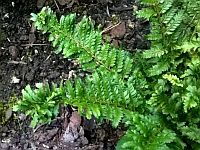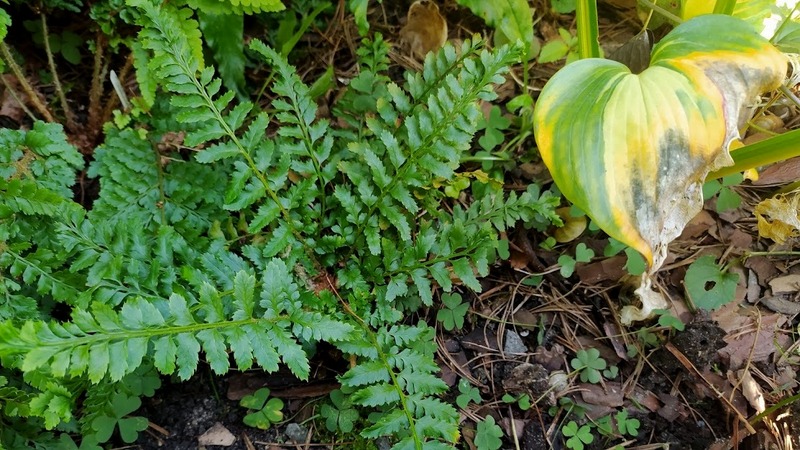|
Witamy,
Gość
|
TEMAT: Paprotnik (Polystichum mohrioides) 'Capitatum'
Paprotnik (Polystichum mohrioides) 'Capitatum' 2017/12/22 17:58 #98147
|
|
|
Polystichum mohrioides 'Capitatum' 2017/12/31 17:04 #98907
|
--=reklama=--
Polystichum mohrioides 'Capitatum' 2018/06/29 21:59 #123693
|
|
|
Polystichum mohrioides 'Capitatum' 2020/06/24 22:34 #206112
|
|
|
Polystichum mohrioides 'Capitatum' 2022/03/01 20:22 #260679
|
|
|
Polystichum mohrioides 'Capitatum' 2023/09/18 14:39 #303444
|
|
Polystichum mohrioides 'Capitatum' 2023/09/18 17:25 #303445
|
|
|
Polystichum mohrioides 'Capitatum' 2023/09/18 19:05 #303449
|
|
Polystichum mohrioides 'Capitatum' 2023/09/18 20:16 #303467
|
|
|
Moderatorzy: Poll, Tomek Mr




.jpg)

